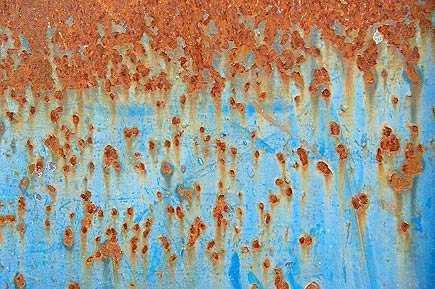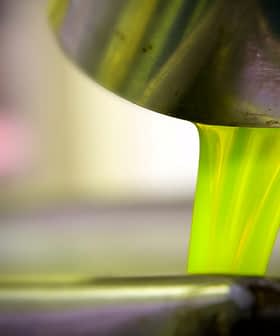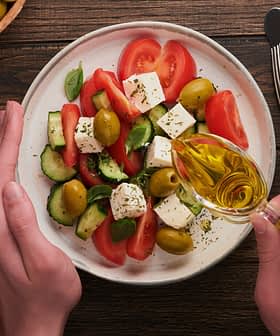The 'Peroxide Value' of Olive Oil

The peroxide index, measured in milliequivalents of active oxygen per kilogram, determines the initial oxidation of an oil in a quality analysis.
As occurs with other fats, olive oil becomes oxidized when it comes into contact with the air. This is due to the fact that the unsaturated fatty acids (monounsaturated and polyunsaturated) have one or more double links, that take oxygen and give rise to the formation of peroxides, one of the main products of oxidation.
On reacting with another unsaturated fatty acid, these peroxides transform into hydroperoxides which, in turn, are oxidated and give rise to the aldehydes and ketones that are responsible in this case for the rancidity of olive oils.
The peroxide index indicates the quality of life attributed to a virgin olive oil from the moment it was produced to when it was packaged.
Among the refined oils this parameter is not indicative of anything, given that during the refinement process any product resulting from oxidation is eliminated and, therefore, so is any trait indicative of its age.
Oxidation is an inevitable, natural process. However, it appears later on among the virgin oils that present a high percentage of oleic acid and a high polyphenol content (natural antioxidants).
It is possible to delay oxidation by storing olive oils in a cool and dark place.









